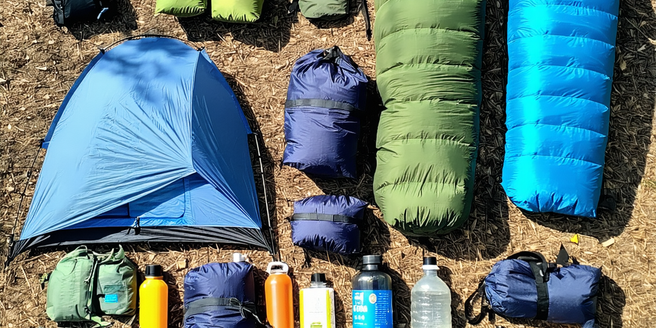
Selecting the Right Gear for Your Adventure
Choosing the appropriate gear is vital for a successful outdoor adventure. Start by evaluating the environment and weather conditions of your destination. Essential items include a reliable backpack, weather-appropriate clothing, sturdy footwear, and a first-aid kit. Prioritize lightweight and multifunctional equipment to minimize your load without sacrificing safety or comfort. Research gear reviews and seek recommendations from experienced adventurers. Opt for durable materials and reputable brands to ensure longevity and reliability. Test your equipment at home to become familiar with its use and address potential issues. Remember, the right gear enhances your safety and enjoyment, preparing you for unexpected challenges.
Planning Your Route and Itinerary
A well-prepared route and itinerary are crucial when embarking on an outdoor adventure. Begin by selecting a destination that matches your skill level and interests. Utilize maps, guidebooks, and online resources to design a route that offers both challenges and rewards. Consider factors such as distance, elevation changes, and terrain. Incorporate rest stops, viewpoints, and potential hazards into your plan. Ensure your itinerary includes flexible timings to adapt to unforeseen circumstances. Inform friends or family about your plans for safety. Keep local emergency contacts and navigation tools handy. Proper planning offers peace of mind and ensures an enriching adventure experience.
Safety Tips for Exploring the Outdoors
Safety should always be a priority when exploring the outdoors. Begin by understanding the potential hazards of your destination, such as wildlife, weather, and terrain. Carry necessary safety gear, including navigation devices, a whistle, and a first-aid kit. Stay informed about local regulations and wildlife conduct. Be prepared for sudden weather changes and know how to respond to emergencies. Travel in groups whenever possible and maintain communication with them. Always leave detailed trip information with someone at home. By being alert and prepared, you can prevent accidents and ensure a safe and enjoyable adventure.
Building Essential Outdoor Skills
Developing essential outdoor skills enhances your adventure experience and ensures safety. Start with mastering basic navigation, including map reading and compass use. Learn to identify landmarks and weather patterns to aid decision-making. Acquire first aid knowledge to handle common injuries and illnesses. Practice setting up camp efficiently, including pitching tents and starting fires safely. Understanding Leave No Trace principles protects the environment. It’s also important to have the right gear to ensure a comfortable and enjoyable experience. Cooking outdoors and water filtration skills enhance self-sufficiency. Building these skills boosts confidence, preparing you for diverse outdoor situations and enriching your appreciation of nature.
Sustainable Practices for Outdoor Adventures
Adopting sustainable practices during outdoor adventures minimizes your environmental impact and preserves natural habitats. Start by adhering to the Leave No Trace principles, which guide you to leave natural spaces as undisturbed as possible. Choose eco-friendly gear made from sustainable materials. Remember that every small effort counts towards a bigger positive change. Reduce waste by using reusable containers and avoiding single-use plastics. Stay on marked trails to prevent ecosystem damage and minimize wildlife disruption. Respect local flora and fauna by observing from a distance. Support conservation efforts by participating in clean-up activities and educating others. Sustainable habits protect our planet for future adventurers.
Capturing Your Adventure: Photography Tips
Photography serves as a wonderful means of documenting your outdoor adventures. To capture stunning shots, consider the composition and lighting of your subject. Utilize the rule of thirds to create balanced photos and experiment with different perspectives and angles to add interest. Early morning and late afternoon offer the best natural lighting. Invest in a durable, weather-resistant camera or a quality smartphone to withstand outdoor conditions. Learn to use your camera’s settings effectively. Respect nature by not disturbing wildlife for a photo. With patience and practice, you can create memorable images of your adventures.
